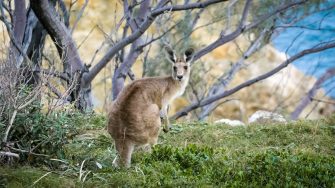Submission on Biodiversity Act Review
The Centre for Ecosystem Science (CES), UNSW Sydney supports instruments of government, including strategies that improve effectiveness of biodiversity conservation, founded on a strong evidence base. Current rates of biodiversity loss around the world and in Australia are unprecedented.

